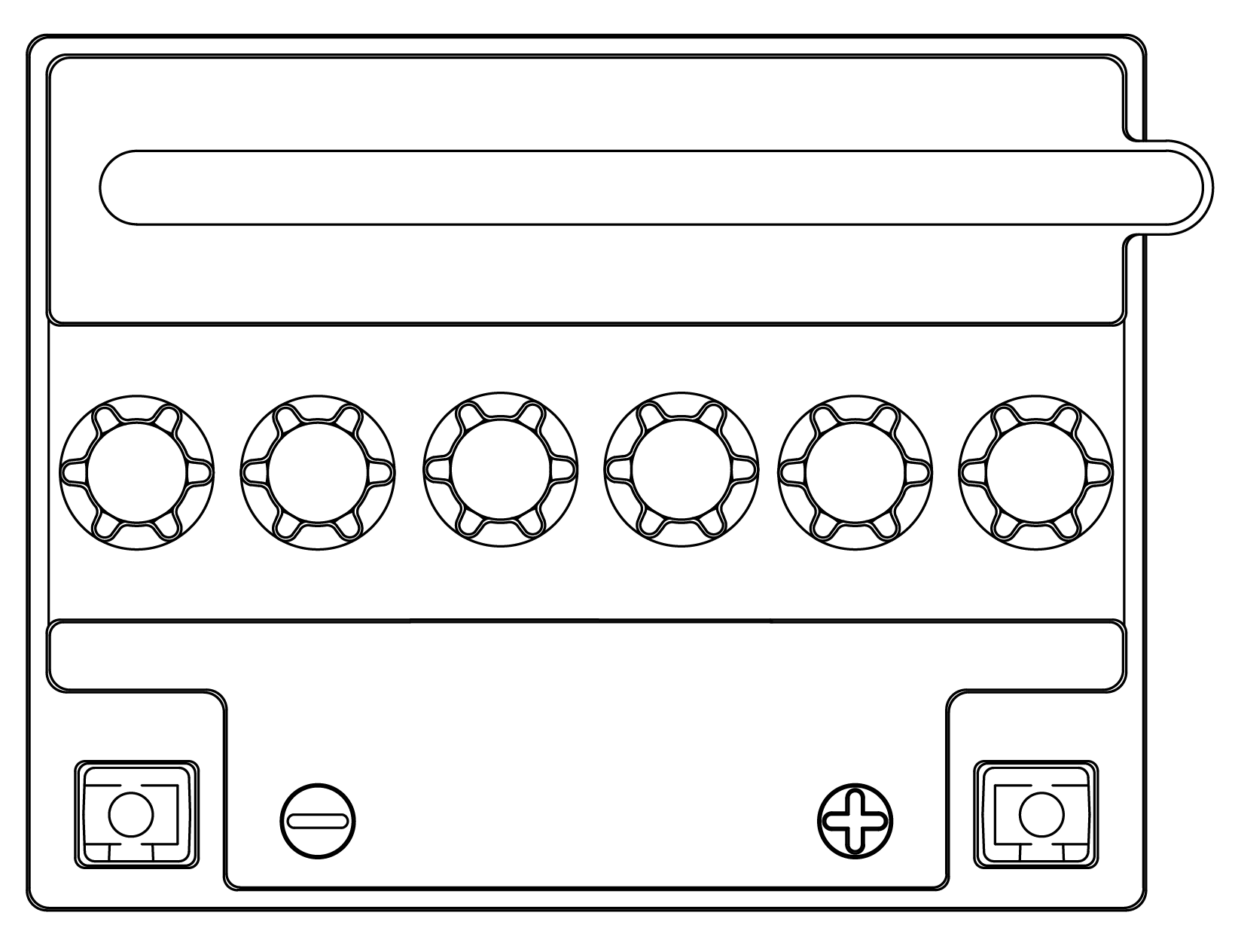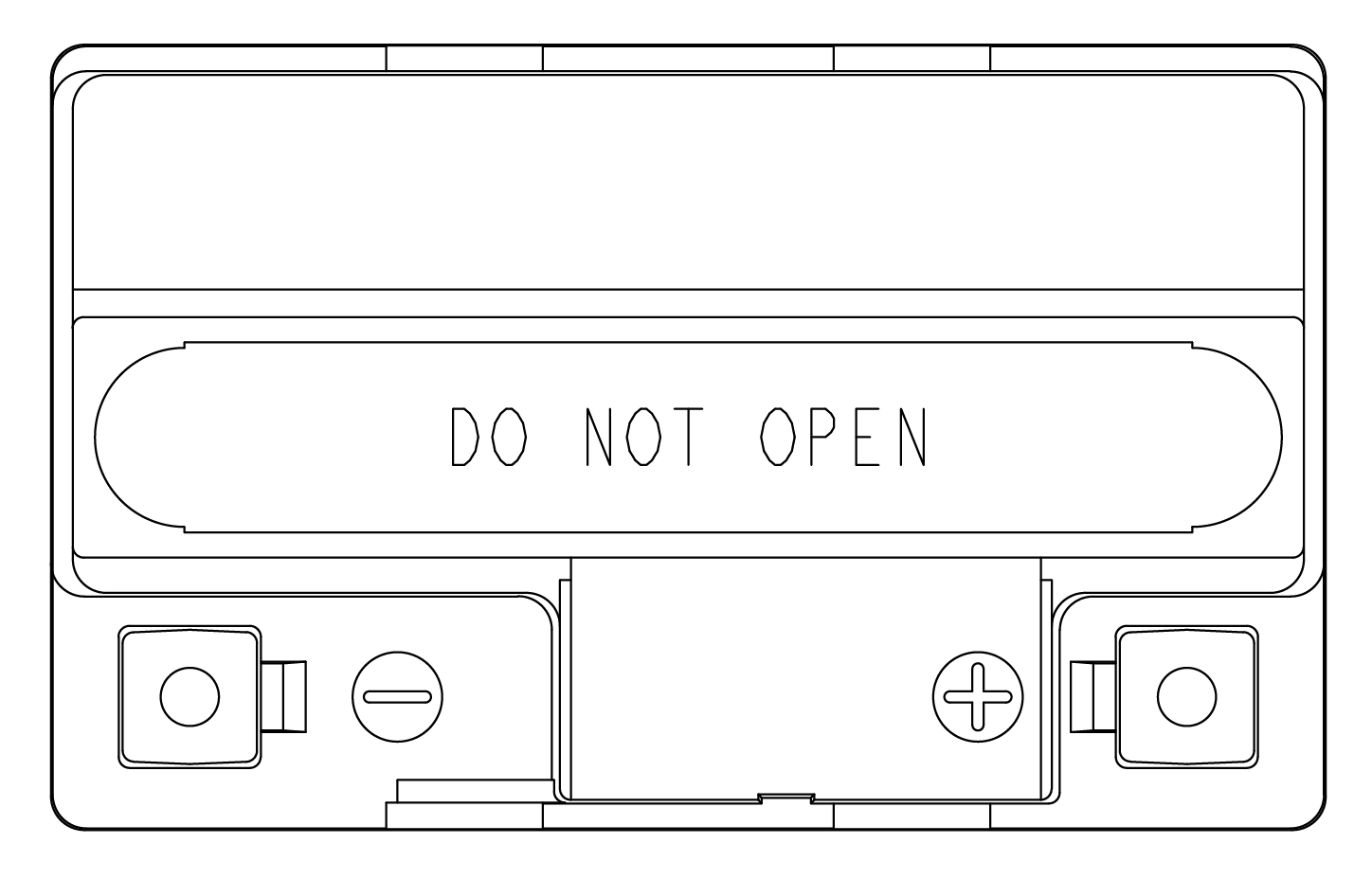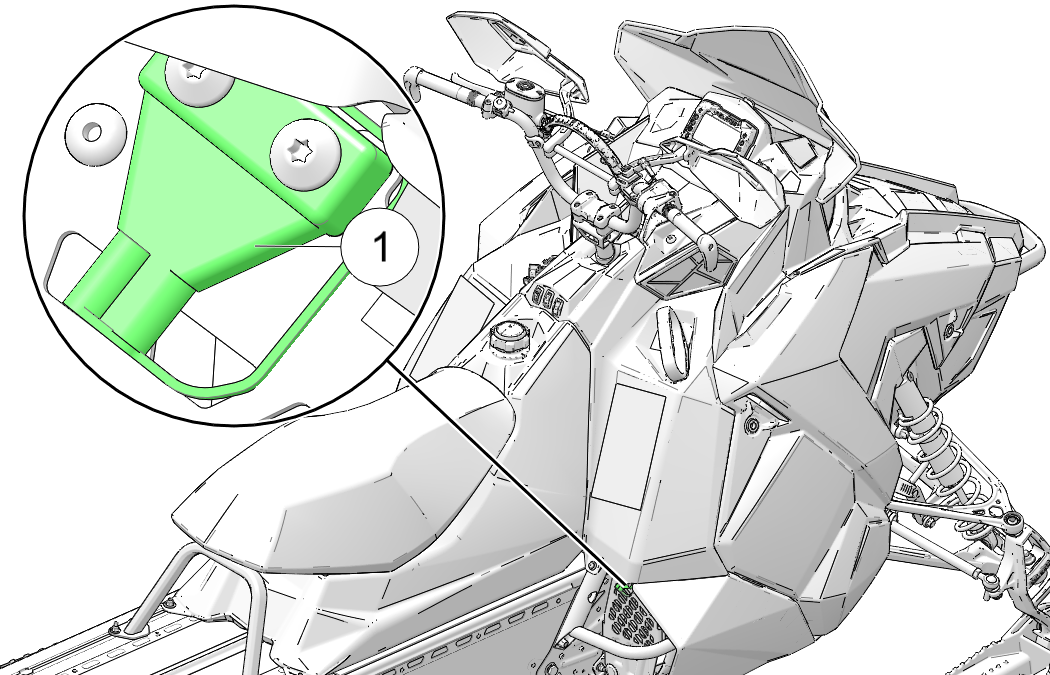
Content Source: 2020 600 Indy Owner's Manual (9929776 R02) > Maintenance Chapter
| IMPORTANT |
|
The Owner's Manual for this vehicle contains warnings, instructions and other information you must read and fully understand before safely riding or performing maintenance on this vehicle.Always follow the warnings and instructions in Owner's Manual. Click the CONTENTS link above for the Table Of Contents, or download a full PDF of the Owner Manual in the Owner Support area of Polaris.com |
| Improperly connecting or disconnecting battery cables can result in an explosion and cause serious injury or death. When removing the battery, always disconnect the negative (black) cable first. When reinstalling the battery, always connect the negative (black) cable last. |
| IMPORTANT |
|
It is important to identify what type of battery is installed
in the vehicle. Different types of batteries require different
service procedures. Proper
servicing and upkeep of the battery is very important for maintaining
long battery life.
|





| RESTRICTION |
| When using an automatic charger, refer to the charger manufacturer's instructions for recharging. When using a constant current charger, use the following guidelines for recharging. |
| An overheated battery may explode, causing severe injury or death. Always watch charging times carefully. Stop charging if the battery becomes very warm to the touch. Allow it to cool before resuming charging. |
| TIP |
| Always verify battery condition before and 1-2 hours after the end of charging. |
|
State of Charge |
Voltage |
Action |
Charge Time* |
|
100% |
12.8-13.0 volts |
None, check at 3 mos. from date of manufacture |
None required |
|
75%-100% |
12.5-12.8 volts |
May need slight charge, if no charge given, check in 3 months |
3-6 hours |
|
50%-75% |
12.0-12.5 volts |
Needs charge |
5-11 hours |
|
25%-50% |
11.5-12.0 volts |
Needs charge |
At least 13 hours, verify state of charge |
|
0%-25% |
11.5 volts or less |
Needs charge with desulfating charger |
At least 20 hours |
|
*Using constant current charge @ standard amps specified on top of battery. |
|||
| NOTICE |
|
If the battery is stored during the winter months, electrolyte
will freeze at higher temperatures as the battery discharges.
The chart below indicates
freezing points by specific gravity.
|
| Specific Gravity of Electrolyte | Freezing Point |
|---|---|
| 1.265 | -75° F |
| 1.225 | -35° F |
| 1.200 | -17° F |
| 1.150 | +5° F |
| 1.100 | +18° F |
| 1.050 | +27° F |
| caution |
|
NEVER add electrolyte to the battery once the battery
is in service.
If necessary, only add distilled water to the battery
. |
| caution |
|
NEVER add electrolyte or distilled water to the battery
once the battery is in service. |
|
BatteryMINDer® 2012 AGM - 2 AMP battery charger
2830438 |
| caution |
|
NEVER add electrolyte or distilled water to the battery.
Doing so will damage the case and shorten the life of the battery. |
| caution |
|
NEVER add electrolyte or distilled water to the battery.
Doing so will damage the case and shorten the life of the battery. |
|
BatteryMINDer® 2012 AGM - 2 AMP battery charger
2830438 |
© Copyright Polaris Industries Inc. All rights reserved.